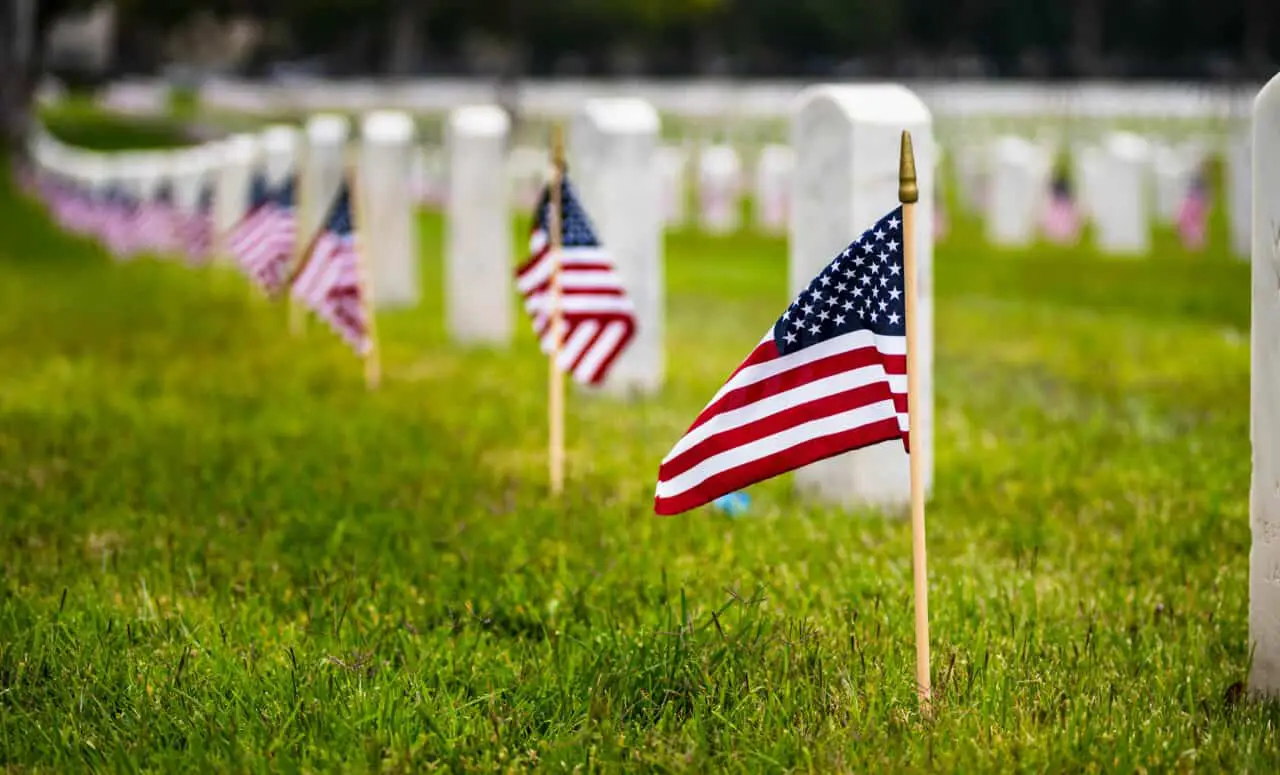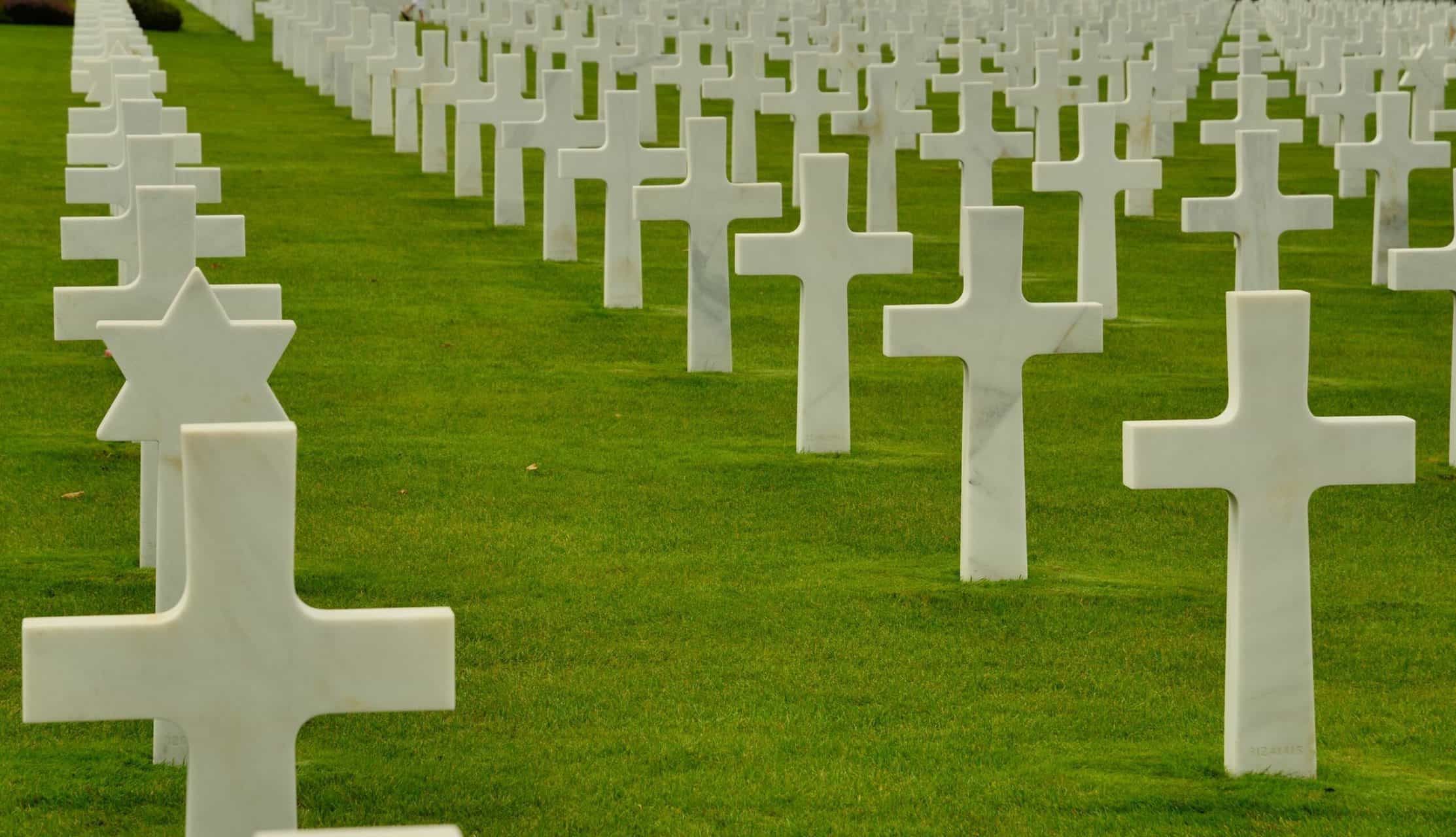Cemeteries can be beautiful places for a photoshoot, but because of the importance and seriousness of cemeteries as cultural landmarks, it’s important to understand the do’s and don’ts of using them as a location.
You can do a photoshoot in a cemetery. Every cemetery has the right to set its own rules regarding photography. However, these rules don’t tend to be very strenuous, and often regard things like taking pictures of mourners without their permission, or setting up lights in the cemetery.
You’re probably wondering how, more specifically, this process works. Check out the article below to see the step-by-step process you should complete before any cemetery photoshoot.
Table of Contents
How to Do a Photoshoot in a Cemetery
While you could just walk on into the nearest cemetery and do your thing, preparing beforehand will make your shoot go so much smoother. Let’s talk about how to actually go about doing a photoshoot in a cemetery.
Do Your Research
Most cemeteries have a front office or governing entity of some kind. Google the cemetery at which you want to shoot and navigate to their website to check out their photography policies. If they don’t have a Policy or Etiquette page or don’t have a website altogether, give them a call or visit the office in person.
If you plan on doing a shoot with a lot of equipment (tripod, lights, etc.), make sure you get permission. You don’t want to show up lugging all your gear only to get turned away. Some cemeteries require a fee for photography.
Ensure you know whether or not your cemetery has this requirement. Finally, make sure you know what the hours of the cemetery are. You don’t want to get locked inside the gates after hours.
Be Respectful
Regardless of the explicit rules you encounter in any given cemetery, there are implicit rules of respect that will get you kicked out if you don’t follow them.
- Don’t take pictures of visitors without their permission.
- Don’t take pictures of burial ceremonies without their permission.
- Don’t take pictures of names on headstones that are younger than 100 years old.
- Don’t pose in a disrespectful manner with someone’s remains.
- Don’t damage any property.
- Keep noise to a minimum.
Prepare Ahead of Time
Because of the sensitive and sacred nature of cemeteries, you don’t want to be running around or yelling at crewmates or models once you get there. Prepare everything you need for the shoot beforehand, and practice anything that you can.
Before the shoot, scout the cemetery yourself and look for the places you think might be interesting to photograph. That way once you arrive you know exactly what to do and how to do it, and can do so with minimum disruption to any other visitors to the cemetery.
Tips for Shooting Beautiful Images in a Cemetery

If you prepare correctly and follow all the rules, a cemetery can be a beautiful and powerful location for a shoot. Here are some things to consider while shooting.
Time of Day
First, consider if you want to shoot during the day or at night. Each will lend its own effect, with a night shoot being far spookier. If you choose day, consider your timing. Early morning and late afternoon will provide ‘golden hour’ light that can create a stunning effect on your subject.
This coincides with the consideration of sun position, which will change not only the quality of the light but what kind of shadows you get and where they are.
The Rule of Thirds
The Rule of Thirds is an extremely important fundamental concept of photography. If you were to split an image using two vertical lines into thirds, and then do the same with two horizontal lines, the result would be a Rule of Thirds grid.
Place your subject (an angelic cemetery statue for example) at the intersection of these points. Centuries of study has shown that an image is much more pleasing to the human eye when it follows the Rule of Thirds.
Composition: Landscape or Portrait
Whether you photograph something in landscape (wider than it is tall) or portrait (taller than it is wide) will have a big impact on the effect of the image.
Landscape will give you a wider scope with more background and context, while portrait will draw more focus to your subject who will fill up the image. Both of these can be accomplished in a cemetery—which to use depends on your exact shoot.
When choosing between landscape and portrait ask yourself the question: what am I trying to say with this image? The choice will result in stylistic differences in your final image.
Keep ISO as Low as Possible
If you’re shooting at night you may be struggling to find enough light to properly expose your subject, especially in a cemetery, which is usually very dark after nightfall.
You’ll be tempted to seriously boost your ISO, which, simply put, is the sensitivity of your digital camera’s sensor. This can be thought of as ‘fake light’. The higher your ISO, the brighter your image will become.
However, the higher the ISO the more noisy your image will be, and therefore the lower quality it will appear. Try everything you can to properly expose your subject before boosting ISO.
Ask the Groundskeeper
If the cemetery at which you want to shoot has a groundskeeper, make friends with them. Ask them what their favorite monuments, statues, or parts of the cemetery are.
They’ve spent thousands of hours on the grounds, and if you’re polite they’ll be happy to use their knowledge to lead you to the best of the best.
Get Inspired
Be creative and try something different. If you want to make your photos stand out from the crowd, they need to be not only well-composed but unique. When you’ve got everything together and are finally at your shoot don’t be afraid to try shooting from unconventional angles, in compelling light, and with lenses you wouldn’t normally consider.
Cemetery Alternatives for Photo Shoots
If you decide not to shoot in a cemetery, or you do so and want to expand your location but aren’t sure where to start, you have a number of options.
Museums
Museums often have much of the same pathos as cemeteries do. They have an air of seriousness and solemnity that you can use to your advantage in your photography.
As with cemeteries, it’s important you find out online or at the front desk what the museum’s photography policies are. In the vast majority of museums, photography is entirely acceptable, however, bringing in gear beyond a camera and perhaps a small gimbal is not.
Historical Sites
Temples, ruins, and historical buildings all provide great opportunities for interesting photography. Be sure to check each individual site’s policies on photography, as they can vary quite a bit.
Religious Sites (Churches, Temples, Mosques etc.)
These sites, often the place of baptisms and marriages, can provide a counterpoint to the mood of death in cemeteries. However, these are the most likely to have no-photography policies, especially during religious services. It’s likely though that if you approach whoever is in charge about taking photographs during times when the site is not busy, you will be allowed to do so.
Remember: Be Respectful
The truth is if you are respectful and polite enough you can often take photographs just about anywhere. By doing your research and going above and beyond to follow all of the guidelines at whatever location you wish to shoot, you give yourself the best chances of getting to do so.
If you follow the protocol laid out in this post, you will not only be allowed to shoot in a cemetery but welcomed to shoot.

